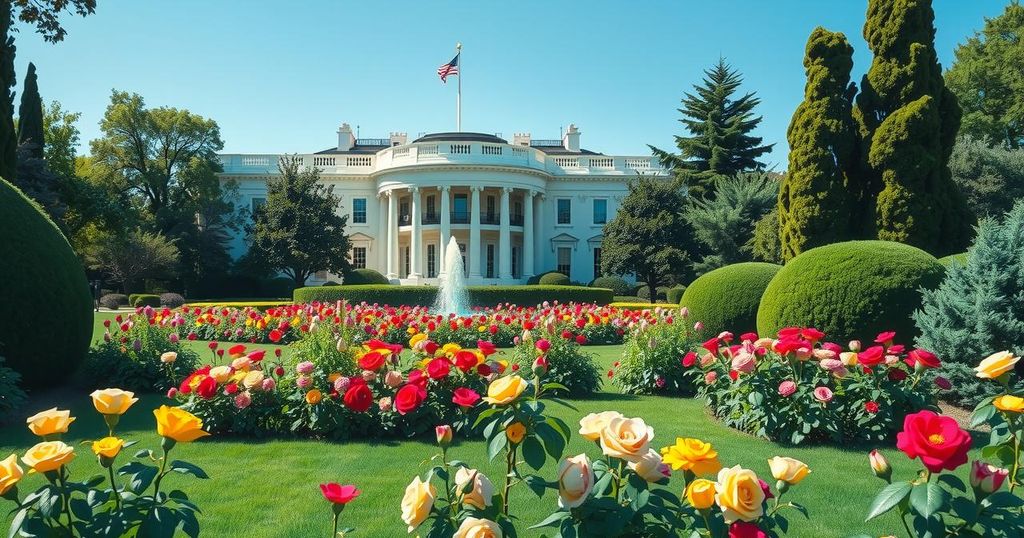President Bola Tinubu has declared a six-month state of emergency in Rivers State due to ongoing political turmoil. This emergency rule results in the suspension of local officials and the appointment of Admiral Ibokette Ibas as administrator. The move is part of a broader history of emergency declarations by Nigerian Presidents since the 1999 democratic transition, including notable instances in Plateau (2004), Ekiti (2006), and northeastern states (2013).
Recently, President Bola Tinubu proclaimed a state of emergency in Rivers State due to a prolonged political crisis that has persisted since September 2023. During a nationwide address, he announced the suspension of Governor Sim Fubara, his deputy, and all members of the state House of Assembly for an initial duration of six months. To manage the affairs of the state during this emergency period, Admiral Ibokette Ibas (retd.), a former Chief of Naval Staff, has been appointed as the administrator.
The authority for such a declaration is derived from Section 305 of the 1999 Nigerian Constitution, which outlines specific conditions under which the President may enact a state of emergency. Following a proclamation, it is mandatory for the declaration to be published in the government gazette and ratified by the National Assembly, which requires a two-thirds majority to prevent the misuse of executive power.
Since Nigeria’s return to democratic governance in 1999, President Tinubu’s declaration marks the fourth instance of a sitting president declaring a state of emergency. Below is a summary of previous occurrences:
1. Plateau State (2004): In May 2004, President Olusegun Obasanjo declared a state of emergency in Plateau State in response to a spike in ethno-religious violence, resulting in numerous casualties. Consequently, the governor and assembly were suspended, leading to Major General Chris Alli (retd.) being appointed as the administrator to restore order.
2. Ekiti State (2006): A leadership crisis in Ekiti State led President Obasanjo to impose emergency rule in October 2006, following the contentious impeachment of Governor Ayo Fayose. To stabilize the state, Brigadier General Adetunji Olurin (retd.) was designated as the administrator.
3. Borno, Yobe, and Adamawa States (2013): In May 2013, escalating violence from Boko Haram prompted President Goodluck Jonathan to declare a state of emergency in these three states. In contrast to prior cases, the state governors and assemblies were preserved while the federal government increased military presence and imposed curfews to control insurgent activities.
The recent state of emergency declared by President Tinubu in Rivers State illustrates the continuing challenges faced by Nigerian governance since the 1999 return to democracy. This action, the fourth such declaration since that time, underscores the governmental response to political instability and insecurity. Historical instances of emergency rule highlight the delicate balance between executive power and legislative oversight, as the requirement for National Assembly approval aims to mitigate potential abuses of authority.
Original Source: punchng.com




